Native American History of Myrtle Beach: The Waccamaw Tribe
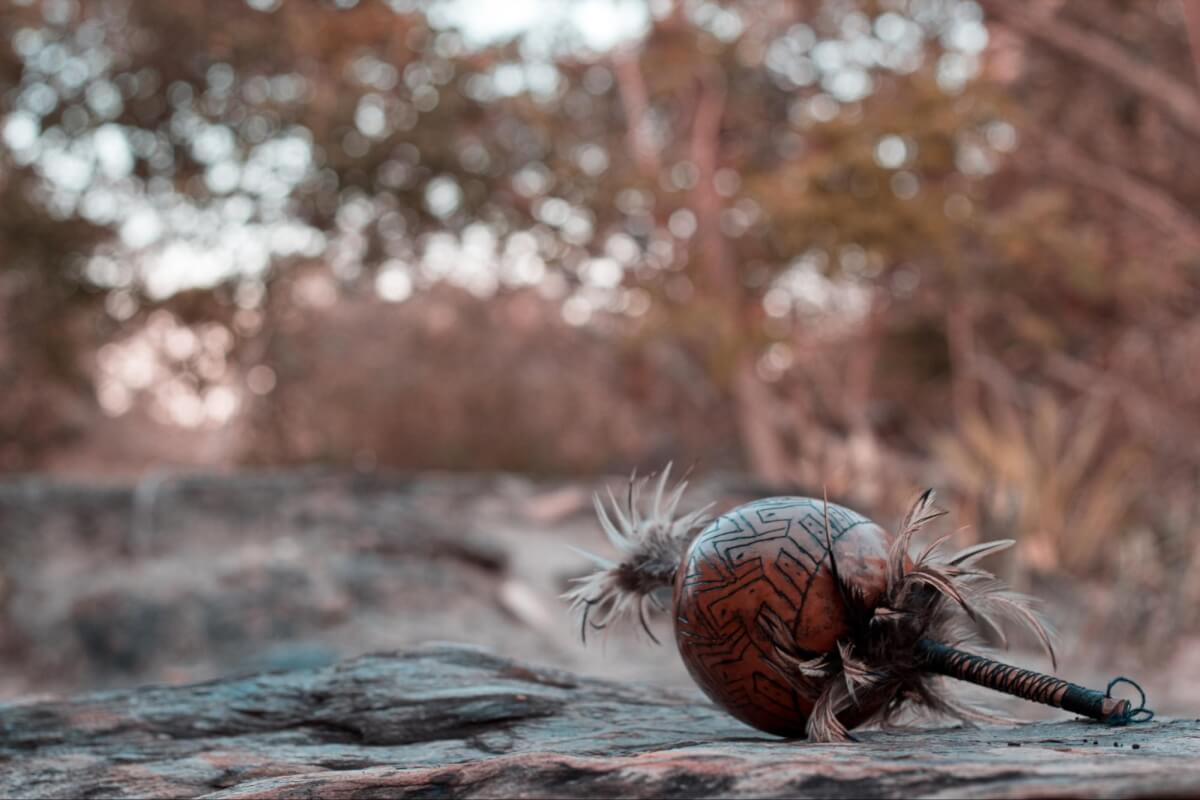
Myrtle Beach is famous for its beaches and vibrant boardwalks. However, it also profoundly connects to South Carolina’s Native American heritage, especially the Waccamaw tribe. Discover the Native American history of Myrtle Beach and unveil the intricate cultural contributions of the Waccamaw tribe to this region.
Who Were the Ancient Waccamaw?
The Waccamaw tribe, ancient inhabitants of the region spanning the boundaries of North Carolina and South Carolina, were more than just a group of Native Americans. They were a sophisticated and adaptive society.
Fishing & Agriculture
Living in harmony with the land, they utilized the rich natural resources around them. As semi-nomadic river-dwellers, the Waccamaw were no strangers to the intricate networks of waterways. They exploited the region’s freshwater resources, excelling in fishing weir construction and trap systems built within rivers to catch fish. They also cultivated corn, beans, and squash crops. This agricultural trio, combined with their specialized fishing techniques demonstrates their harmonious relationship with the environment.
Architecture
The tribe’s geographical knowledge drove their agricultural innovation. The Waccamaw constructed raised-earth homes using cypress trees to combat the moisture of the wetlands. Their homes not only provided shelter but also minimized their ecological footprint. They integrated into their natural surroundings, reflecting a deep intuition of the terrain and climate.
Leadership
Hierarchy within the Waccamaw tribe was deeply rooted in spiritual leadership. Clear power structures ensured a harmonious coexistence within the tribe and facilitated smooth interactions with neighboring tribes. The unity and organization within their society were paramount for their survival and growth.
Spirituality
Spiritually, the Waccamaw were deeply connected to the earth and cosmos. The role of the shaman was considered one of the most prominent roles in their community. The shaman, or spiritual leader, guided religious practices and mediated disputes. This spiritual-based leadership, combined with clear roles within the family, created a balanced society within the tribe.
Their ceremonial and burial mounds are physical reminders of their profound religious beliefs and practices. One particular tale that continues to resonate through time is the origin story of Lake Waccamaw. According to legend, the lake formed from the tears of a heartbroken maiden. Representing themes of love, loss, and nature’s connection to human emotion, this legend is a profound reflection of their worldview. Myths such as these highlight geographical landmarks as sacred spaces
Contact & Conflict with Europeans
The arrival of Francisco Gordillo and Pedro de Quexos, two notable figures, marked the beginning of a tumultuous era for the region’s indigenous populations. European settlers unknowingly carried many diseases from the Old World, and the Native American tribes in South Carolina had zero immunity. This resulted in widespread fatalities, decimating tribal people and destabilizing their societal structures.
The tragic consequences of European contact were not limited to diseases. The cultural and territorial intrusion brought about clashes between the indigenous tribes and the European settlers. Notable tribes such as the Tuscarora, Yamassee, and Waccamaw found themselves embroiled in confrontations with settlers from South Carolina. Adding to this dark chapter was the 1752 decree that legitimized the enslavement of Native American tribes in South Carolina. This grim policy deepened the chasm between the natives and the settlers.
However, even in these trying times, pockets of resilience emerged. The Dimery Settlement stood out as a beacon of hope, serving as a refuge for the Waccamaw tribe. This sanctuary wasn’t just a place of safety; it became an enduring testament to the tribe’s perseverance and an integral chapter in the history of Myrtle Beach.
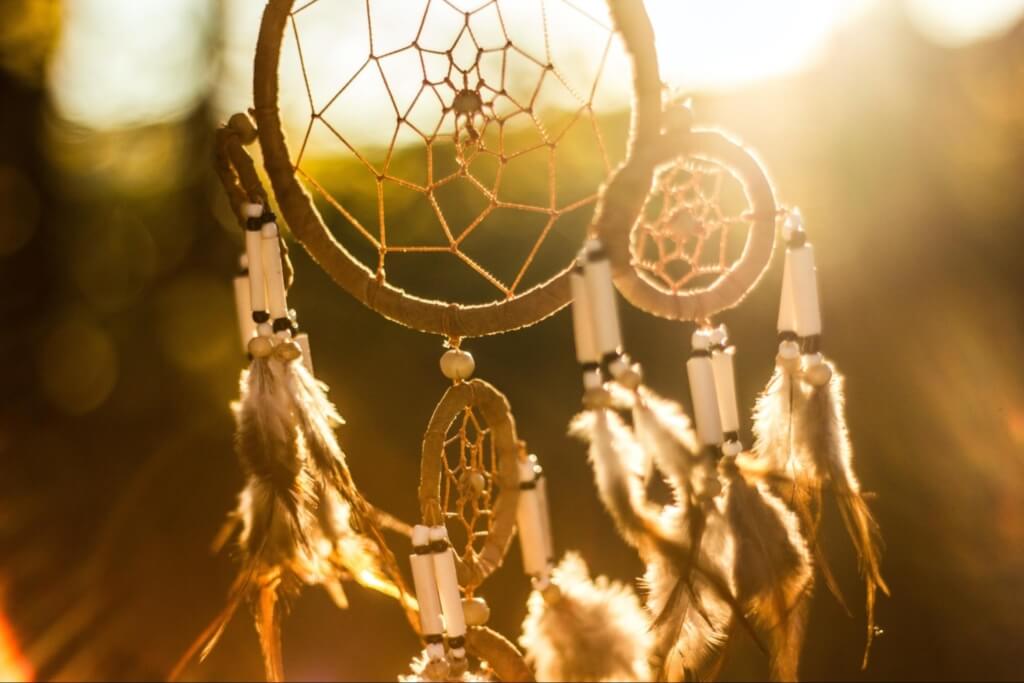
The Fight For Recognition
The journey toward official recognition for the Waccamaw tribe is a tale of endurance and unwavering dedication. Beginning in 1910, the Council of Wide-Awake Indians laid the foundation, solidifying the collective will of the tribe to fight for their rights and identity. By 1972, the need for recognition took a more formal shape, establishing a non-profit organization dedicated to championing the cause of the Waccamaw tribe. The Waccamaw Siouan Development Association (WSDA) was instrumental in mobilizing resources and amplifying the tribe’s voice on multiple fronts. Their persistent advocacy succeeded when the Waccamaw tribe became the first tribe in South Carolina officially recognized by the SC Office of Vital Statistics.
It’s worth noting that while the state of North Carolina had already acknowledged the Waccamaw tribe in 1971, South Carolina’s recognition added a new dimension to its fight for identity. Today, they are among only two tribes that enjoy official recognition in South Carolina.
The Modern-Day Waccamaw Tribe
Today, descendants of the Waccamaw tribe continue to reside in North and South Carolina. Organizations like the Waccamaw Siouan Development Association continue to preserve their legacy. This organization plays a pivotal role in safeguarding and preserving the Waccamaw community’s rights, traditions, and culture. From their hard work, the tribe’s stories and heritage continue to thrive and stay relevant. Through events like the annual Pauwau Festival, the modern-day Waccamaw tribe ensures that their ancestral legacy remains alive and celebrated for generations.
The stories, traditions, and resilience of the Waccamaw tribe have written the history of Myrtle Beach. As stewards of this land long before European settlement, the Waccamaw shaped the culture and environment of the region. From conflicts and diseases brought by Europeans to triumphs like achieving official recognition, the tribe’s journey is a symbol of determination and endurance.
Their cultural mark on the land reminds us of their natural connection to Myrtle Beach. The modern-day celebrations echo their unbroken spirit and continue to preserve the Waccamaw heritage. As we celebrate the beauty of Myrtle Beach, it’s important to remember and honor the deep roots the Waccamaw tribe has in this land.
Content on this page is subject to change. Please contact the locations mentioned to see if promotions, hours, pricing, etc. are still valid.
2 Responses to “Native American History of Myrtle Beach: The Waccamaw Tribe”
Leave a Reply
You must be logged in to post a comment.



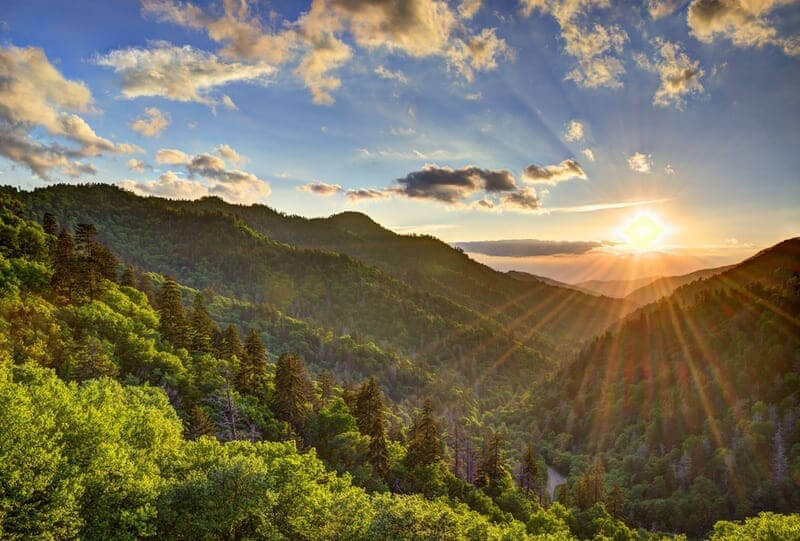
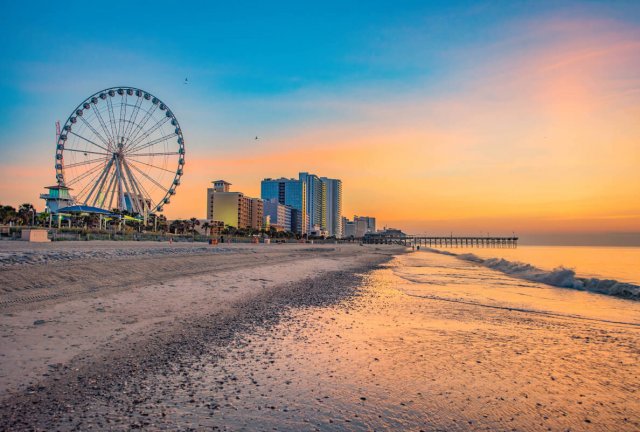
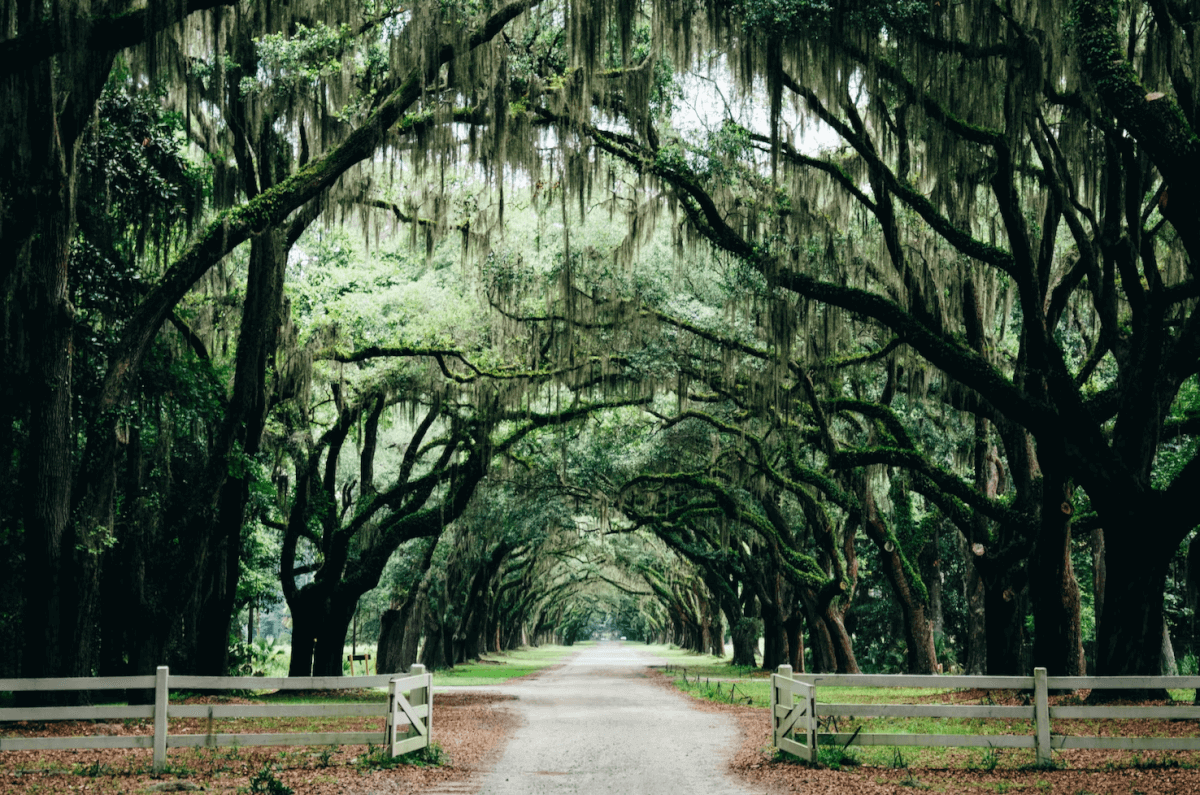
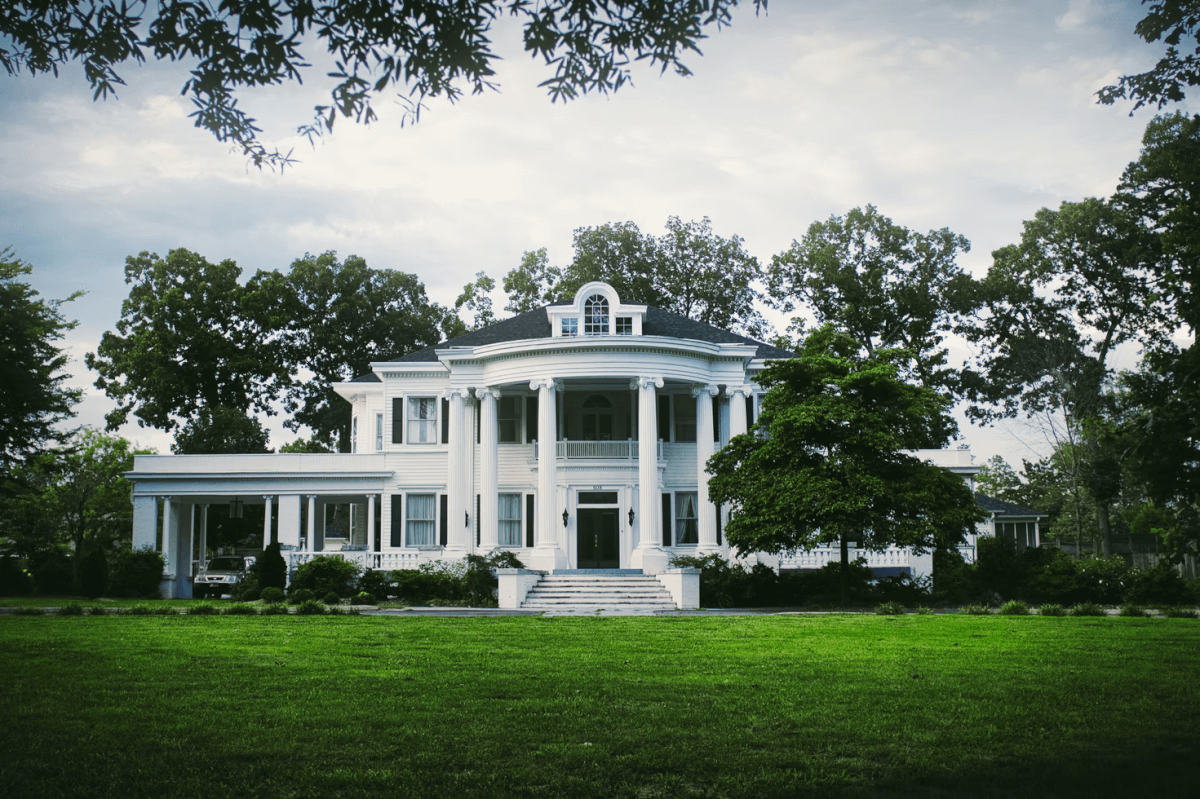
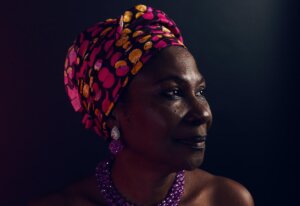
I think it’s admiral and appreciated that you would do a article of the Waccamaw people of both North Carolina and South Carolina, however the photos do not appear to represent any Waccamaw,the closest you get is the Cherokee warrior with the flintlock.
Thank you for bringing this to our attention. We deeply value accuracy and respect for all cultures, including the Waccamaw people. We understand the importance of using appropriate imagery, and while our intention was to give readers a sense of the topic, we fell short. Due to limitations with available imagery on the platforms we use, we opted for generic Native American images. We recognize this isn’t ideal and have since removed them. We’ll continue to strive for accuracy and sensitivity in our content. We genuinely appreciate feedback like yours as it helps us improve.